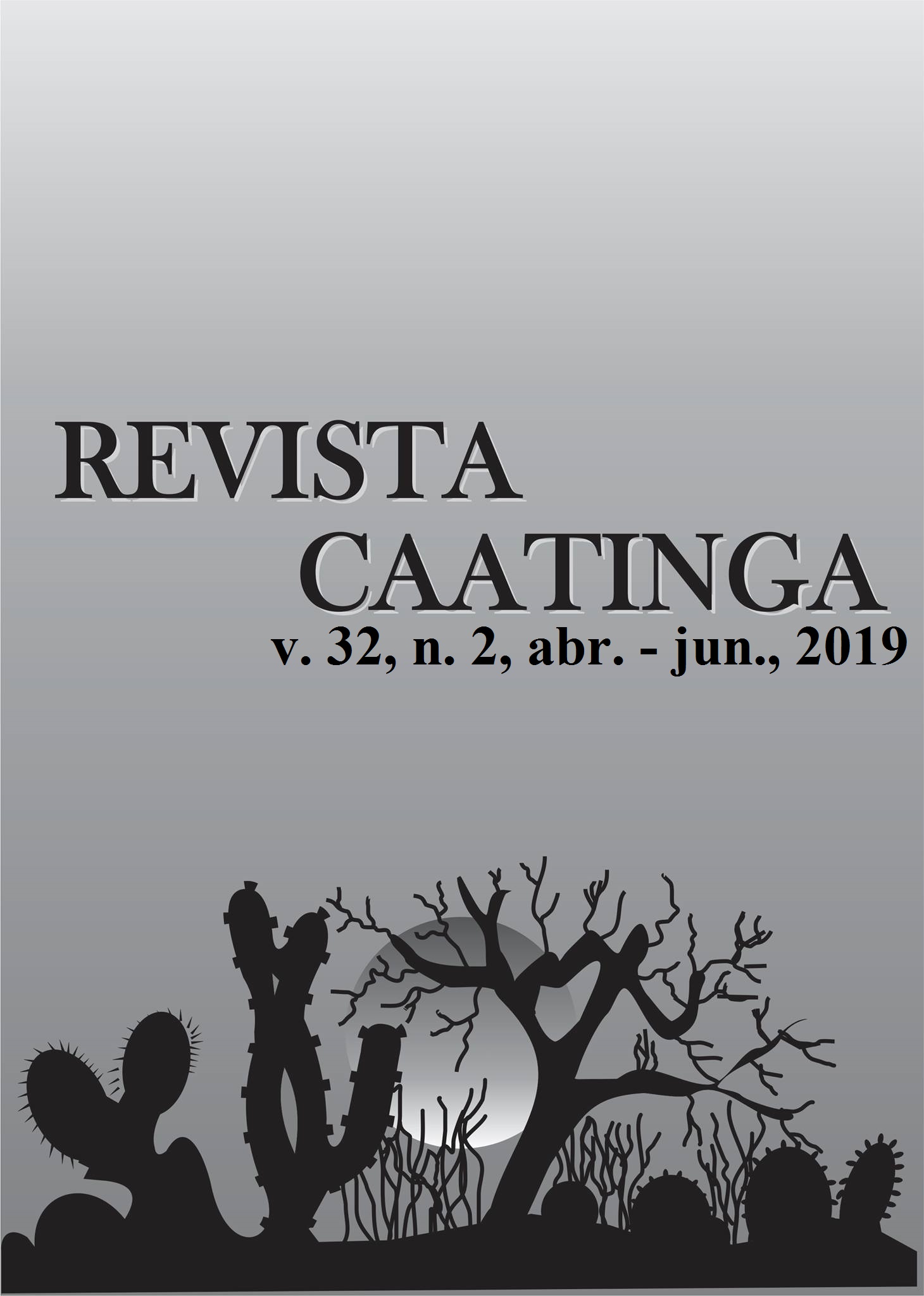SELECTIVITY OF INSECTICIDES TO Encarsia hispida (Hymenoptera: Aphelinidae)
DOI:
https://doi.org/10.1590/1983-21252019v32n203rcKeywords:
Gossypium hirsutum. Whitefly. Parasitoid. Pesticides.Abstract
The use of non-selective insecticides in agricultural production can reduce or eliminate biological agents that regulate insects that are undesirable to humans in production processes. Here, the toxicity of synthetic products on the parasitoid Encarsia hispida was evaluated, the host of which is the whitefly, Bemisia tabaci biotype B, found on cotton plants. The study was carried out using bioassays, in a completely randomized design in a factorial scheme. Pupae and adults of E. hispida were used in the bioassays, which had been sprayed with various chemicals (thiamethoxam, deltamethrin, imidacloprid, and pyriproxyfen) at different concentrations (1.0 g L-1, 1.0 mL L-1, 4.0 mL L-1, and 2.5 mL L-1). The control treatment was distilled water. Chemicals were topically placed in the dorsal region of the tegument of 1 and 3-day old pupae. Then, between 1 and 15-days of emergence of adult parasitoids, residual contact bioassay were used to determine the toxicity of the insecticides. The insecticides thiamethoxam and imidacloprid were harmless to the pupal stage of E. hispida, but were harmful to the adult stage. The insecticides deltamethrin and pyriproxyfen were harmful to both pupal and adult stages of E. hispida.
Downloads
Downloads
Published
Issue
Section
License
Os Autores que publicam na Revista Caatinga concordam com os seguintes termos:
a) Os Autores mantêm os direitos autorais e concedem à revista o direito de primeira publicação, com o trabalho simultaneamente licenciado sob a Licença Creative Commons do tipo atribuição CC-BY, para todo o conteúdo do periódico, exceto onde estiver identificado, que permite o compartilhamento do trabalho com reconhecimento da autoria e publicação inicial nesta revista, sem fins comerciais.
b) Os Autores têm autorização para distribuição não-exclusiva da versão do trabalho publicada nesta revista (ex.: publicar em repositório institucional ou como capítulo de livro), com reconhecimento de autoria e publicação inicial nesta revista.
c) Os Autores têm permissão e são estimulados a publicar e distribuir seu trabalho online (ex.: em repositórios institucionais ou na sua página pessoal) a qualquer ponto antes ou durante o processo editorial, já que isso pode gerar alterações produtivas, bem como aumentar o impacto e a citação do trabalho publicado (Veja O Efeito do Acesso Livre).







